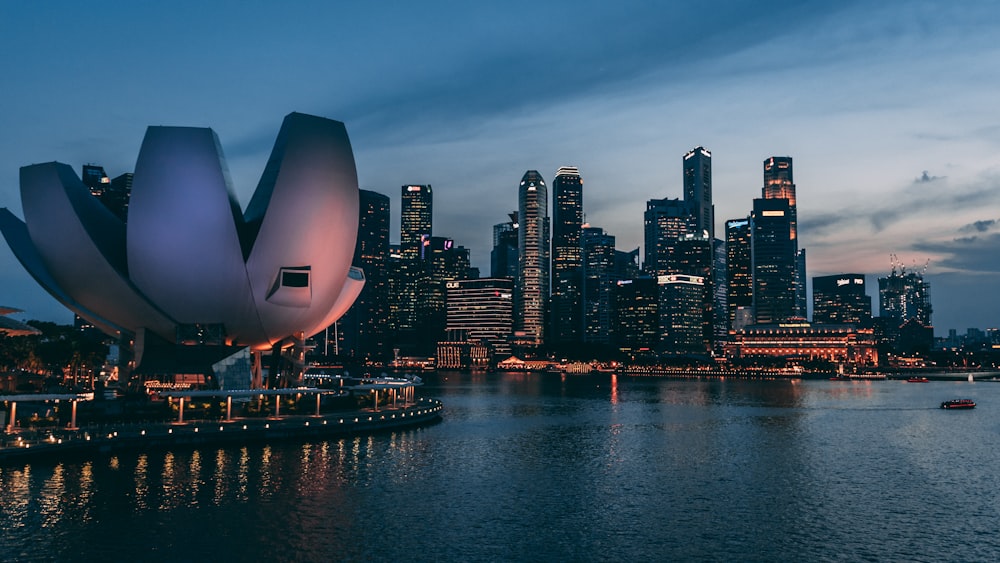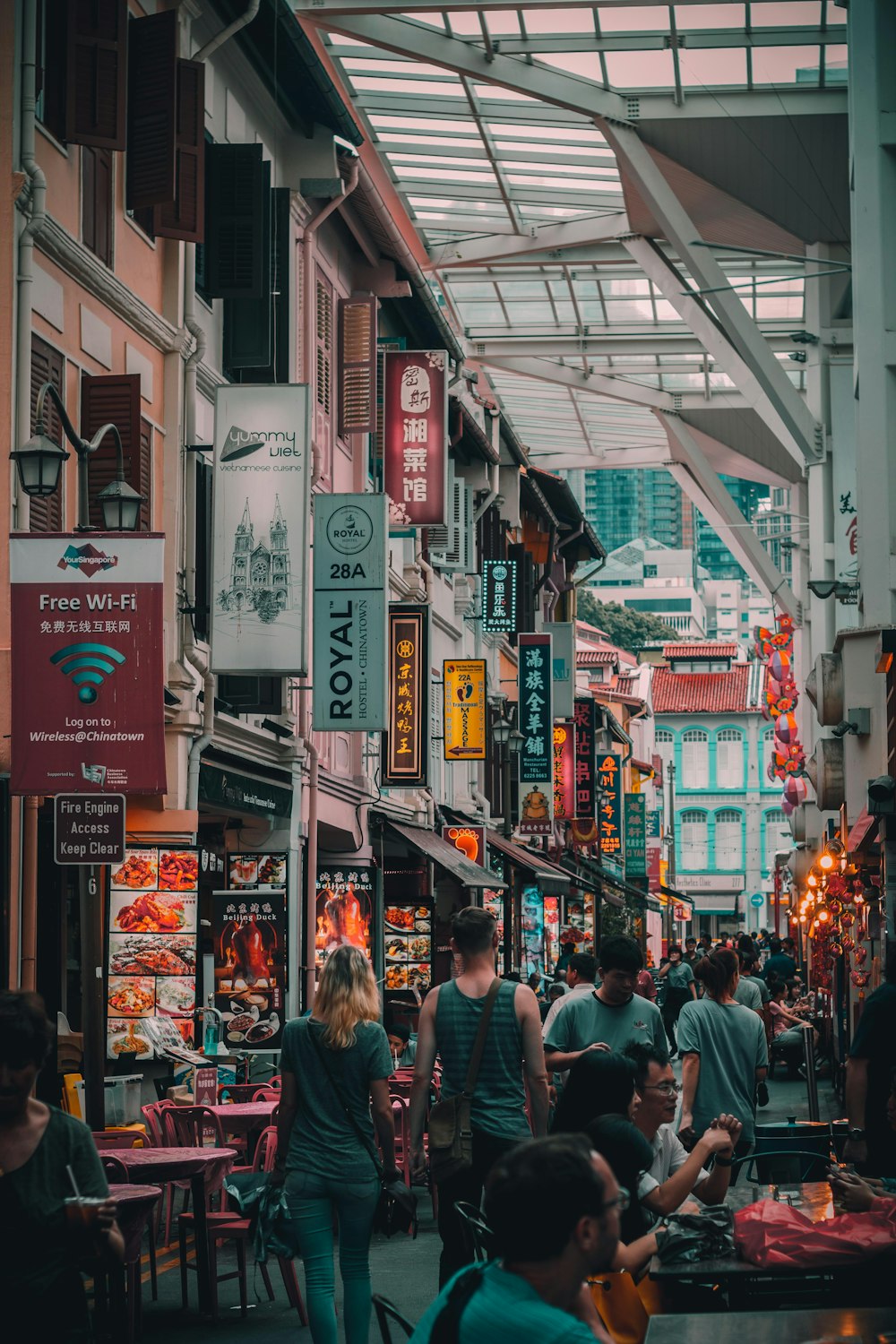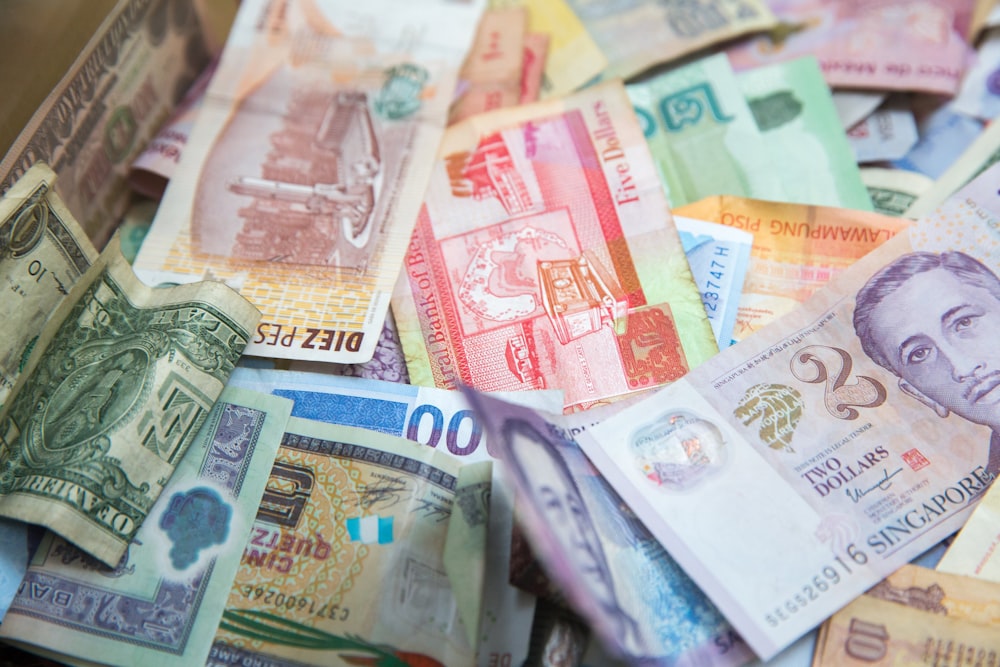Not long ago, Singapore was a British colony suffering from the challenges of economic dependence, delayed industrialization, substandard housing, high unemployment, and social turmoil.
Today, it is a metropolitan haven for free-market enthusiasts and large multinational corporations (MNCs) lured in by the promise of a secure and conducive commercial environment.
This tiny island, with few to no natural resources, became one of the richest nations on Earth, boasting a GDP per capita of US$57,000. Its superior development model is emulated by leaders and economists across the world, in hopes of replicating the results achieved under the nation’s founder, Lee Kuan Yew.
But how exactly did Singapore become one of the most successful development stories of the 20th century?

National independence
In 1963, Singapore joined the Federation of Malaya, Sabah, and Sarawak to form the country of Malaysia, in effect ending 144 years of British rule on the island. However, the threat of Singapore’s growing Chinese population, which vastly outnumbered that of the Malays, would later harm this alliance.
The perceived risk of communist influence eventually led to the expulsion of Singapore from Malaysia in 1965, officially establishing a new sovereign state.
That year, Singapore became a member of the United Nations. Two years later, it co-founded the Association of Southeast Asian Nations (ASEAN), a regional organization targeted at promoting economic and political cooperation among its members.
In 1970, Singapore joined the Non-Aligned Movement, which sought to protect the self-determination and sovereignty of member states.
Successful integration into the global economic order allowed Singapore to establish international relations with almost 190 nations. Moreover, exposure to heavy capitalist and neoliberal influence precipitated commercial restructuring and free-trade agreements.
Initially, the Singaporean government was in need of sufficient land area to carry out its development objectives. In 1966, it introduced the Land Acquisition Act, which established its right to acquire land. By 1984, the ruling People’s Action Party (PAP) had taken over about 17,800 hectares of land.
The government eventually became the biggest landowner after acquiring 76% of the island in 1985, compared with just 31% in 1949. This led to lower construction costs; cheaper land meant more effective urban planning, facilitating the growth of the business district.

Economic acceleration
Historically, the nation has depended on entrepôt trade, a form of international trade where goods are imported, processed, and then re-exported to other countries. In the 19th century, the British remedied the island’s lack of natural resources through investment in its seaports, providing funding for infrastructure, and increasing its exports to the nation.
After decades of modernization and expansion, Singapore has become one of the world’s leading transshipment hubs, connected to more than 600 ports in 120 countries. Economic globalization has led to a constant flow of goods, services, and investments, contributing to Singapore’s thriving economy and US$340 billion annual GDP.
Many economists emphasize the significance of industrialization in Western economic advancement in the 18th and 19th centuries. In 1961, Singapore’s Economic Development Board (EDB) was founded to lead the island’s own industrial process. The following year, its first industrial park went under construction, the Jurong Industrial Estate.
Within three years, more than 153 factories had been built, boosting the national employment rate and the development of several sectors as the new industrial parks were attractive to labor-intensive industries in the 1960s and 1970s. Industrialization increased the nation’s appeal to foreign investors and companies, offering an alternative to entrepôt trade dependency.
Guaranteeing both political and economic stability, the island has become a prime investment destination. Favorable conditions such as the enforcement of contract rights, debt repayment capabilities, and a conducive economic climate have made Singapore one of the freest and most pro-business economies in the world.
Despite fundamental modernization and industrialization, entrepôt trade retains its central role in the economy. In fact, the nation is home to the world’s busiest transshipment port, accounting for more than 20% of global transshipment traffic.
While manufacturing remains Singapore’s largest industry, the nation’s pro-business environment, low corporate taxes, and stable currency have expedited the emergence of the banking industry, with more than 200 banks operating on the island.
The replacement of traditional labor-intensive manufacturing with technology-intensive industries, such as information technology in the 1970s, has also been a magnet for foreign businesses. Singapore currently accommodates more than 7,000 MNCs, offering some of the highest levels of economic and commercial freedom in the world.

Pragmatic politics
Of course, the role of the PAP in achieving this low-corruption, market-orientated environment is indisputable. Financial stability was ensured through the repression of political opposition and labor unions, outlawing strikes and demonstrations or any public display that could encourage social unrest. Those deemed a threat to political or economic stability were jailed swiftly.
However, this draconian government was attractive to investors, unlike neighboring nations that could not guarantee such stable commercial climates. Lee Kuan Yew believed it was in Singapore’s best interest to help “society establish conditions that improve the standard of living for the majority,” even if this restricted individual freedoms. As a result, the regime’s tight grip over the media and legislation, or burying political dissent, was overlooked.
The PAP has retained popular support since it was first elected in 1959, only losing its first seat to the Workers’ Party (WP) in the 2015 elections. The lack of political opposition in this period can be justified by the numerous defamation lawsuits filed against political opponents, prompting the withdrawal of their candidacy.
In 2001, the former leader of the WP, J B Jeyaretnam, was forced to step down after filing for bankruptcy following a series of defamation lawsuits against him.
Hundreds of politicians and union leaders have been detained through the Internal Security Act, a remnant of the island’s colonial past. This allowed the detention of individuals for up to two years without a court trial, suppressing support for political opposition.
However, Singaporeans were compensated for their lack of social freedoms through the prioritization of social welfare and living standards.
With more than 66% of the population in 1965 living in slums on the outskirts of the city, the growing concerns around rough housing had to be addressed. The newly sovereign government took advantage of the previously established Housing and Development Board (HDB) to organize large-scale building projects to resettle squatters into inexpensive public housing.
Today, more than 80% of the population resides in HDB housing in more than a million apartments. Evidently, independence allowed state welfare concerns and social problems to be addressed.
Despite the scarcity of natural resources, the government also directed investment into the country’s sole abundant resource: the people. Over the past 60 years, expenditure on the education system has increased to more than 200 times the 1959 level, significantly developing Singapore’s human capital.
In fact, the 2015 Program for International Student Assessment (PISA) of the Organization for Economic Cooperation and Development (OECD) – an international evaluation of educational quality – ranked Singapore at the top of the 72 countries assessed.
Singapore’s meritocratic system also offers citizens equal training and educational opportunities, ensuring specific jobs are filled by those most talented and qualified. In 2015, the International Labor Organization recorded that 54% of Singapore’s workforce was in “high-skilled employment.”

But all is not well
The decades following Singapore’s independence were characterized by rapid development into a high-income, urbanized nation. In the first 25 years, the economy averaged an astounding 9.2% growth rate, reflected in its entrepôt trade expansion, increased investments, and relatively low inflation.
Independence liberated Singapore from foreign occupation, allowing the economy to undergo a significant market transformation and industrial process.
The PAP played a major role in accelerating sustained economic growth, reshaping the island into a financial hub, situated at the center of a complex web of interconnected trade relations. The autocratic and interventionist regime exploited its newfound independence to expand its global economic relations, invest in human capital and social welfare, and subdue civil disorder.
However, economic prosperity does not equate to complete developmental success. Despite national wealth and sizable incomes, more than 400,000 Singaporeans live on less than US$5 per day in the most expensive city in the world.
The opposition Progress Singapore Party (PSP) is working toward reforming the city-state’s high rates of income inequality. Lee Hsien Yang, son of Lee Kuan Yew, joined the PSP during the 2020 elections, refusing to stand for office because “Singapore does not need another Lee.”
While the PAP’s development process is laudable, it is evident that Singapore is gearing for political and social change, as support for the opposition blossoms.


